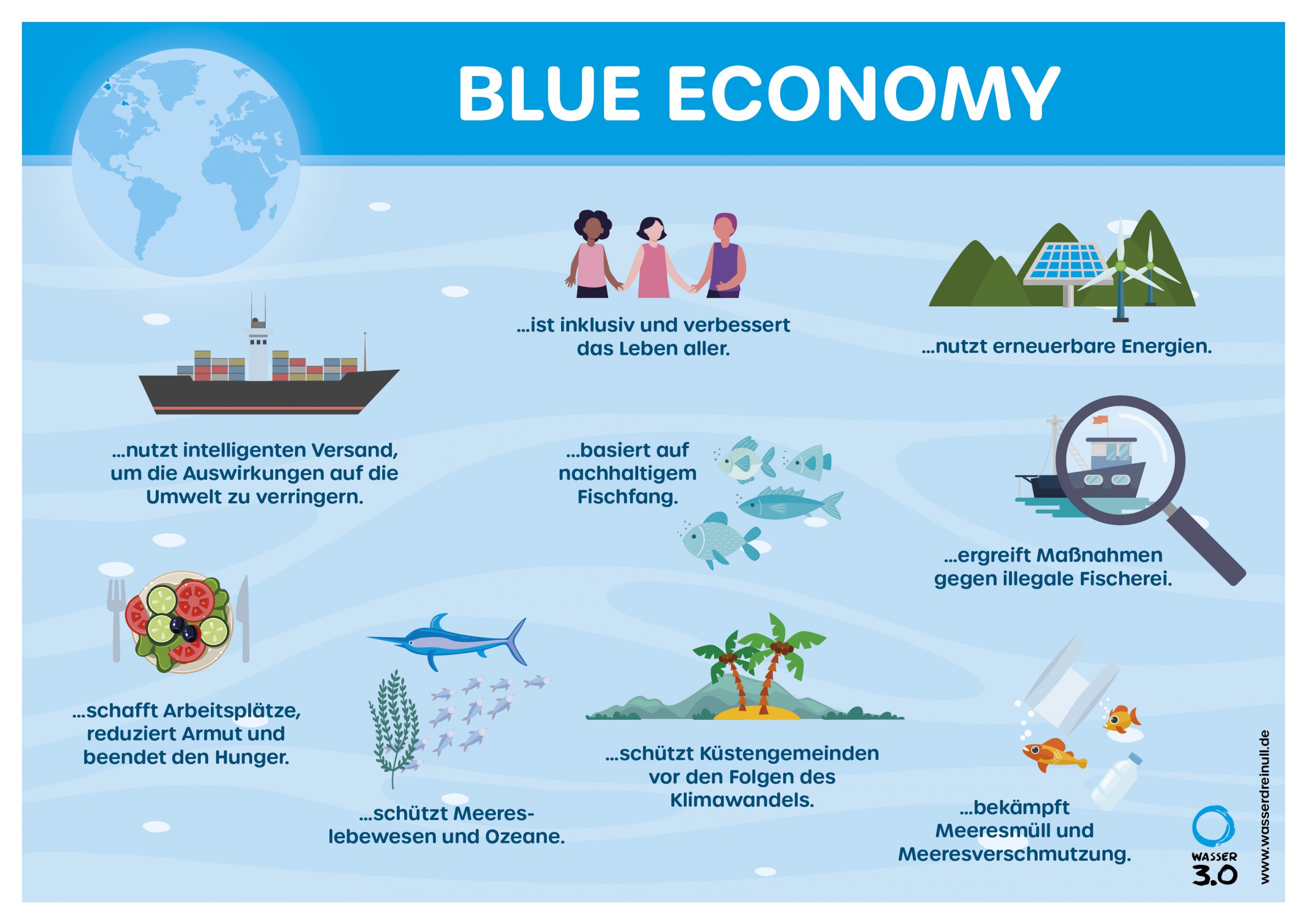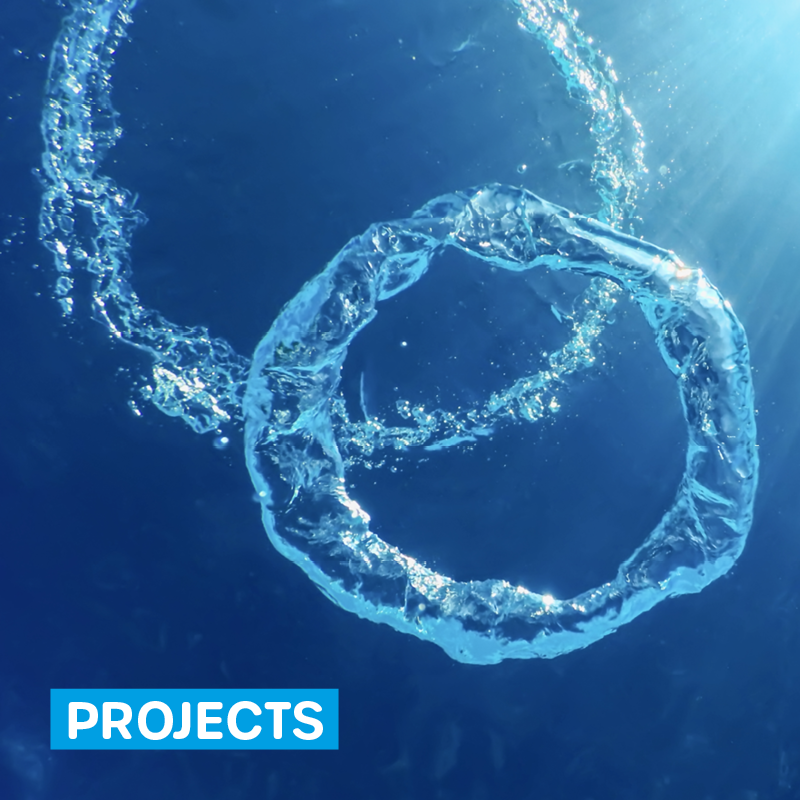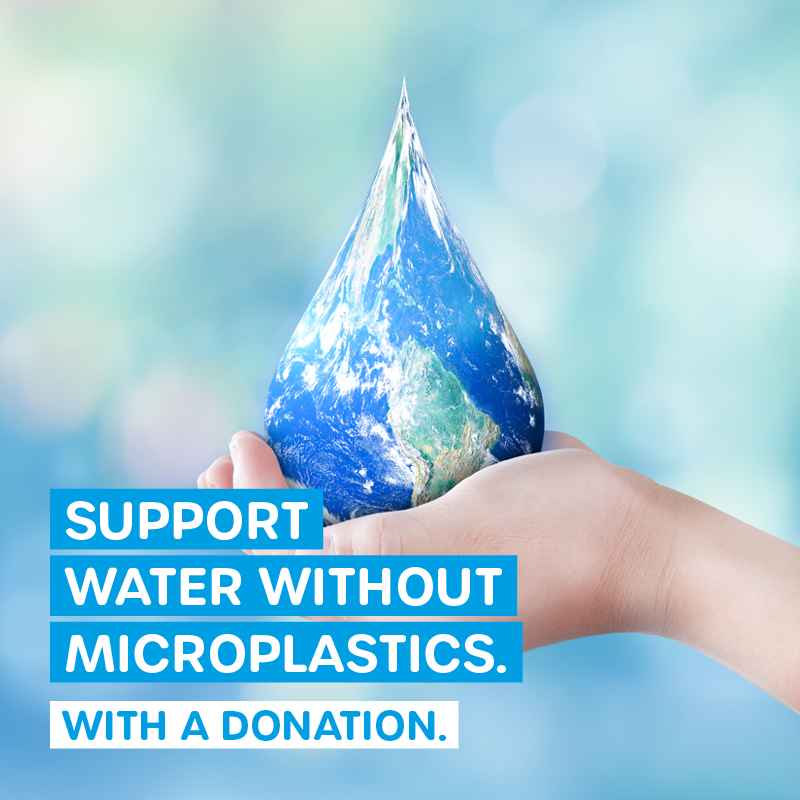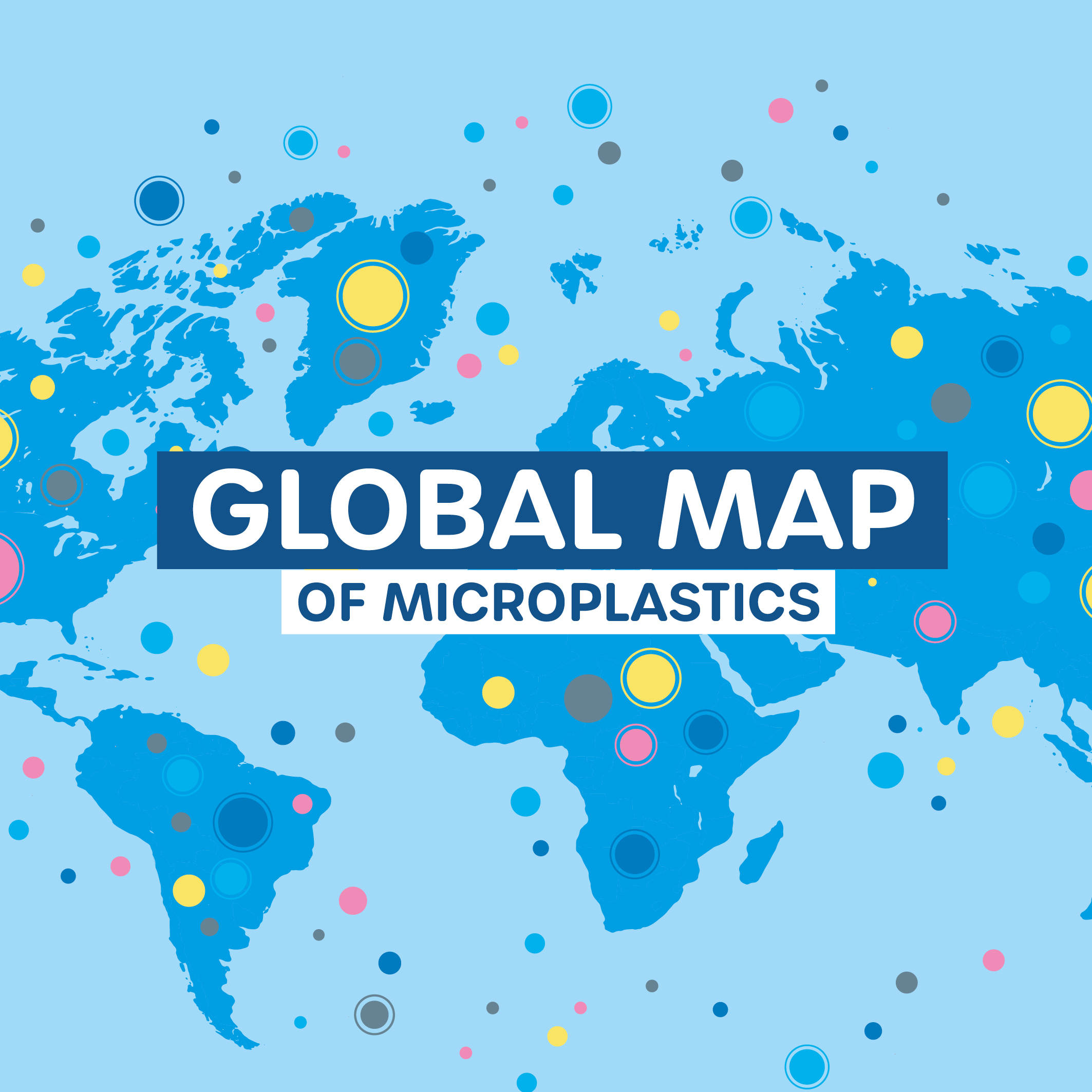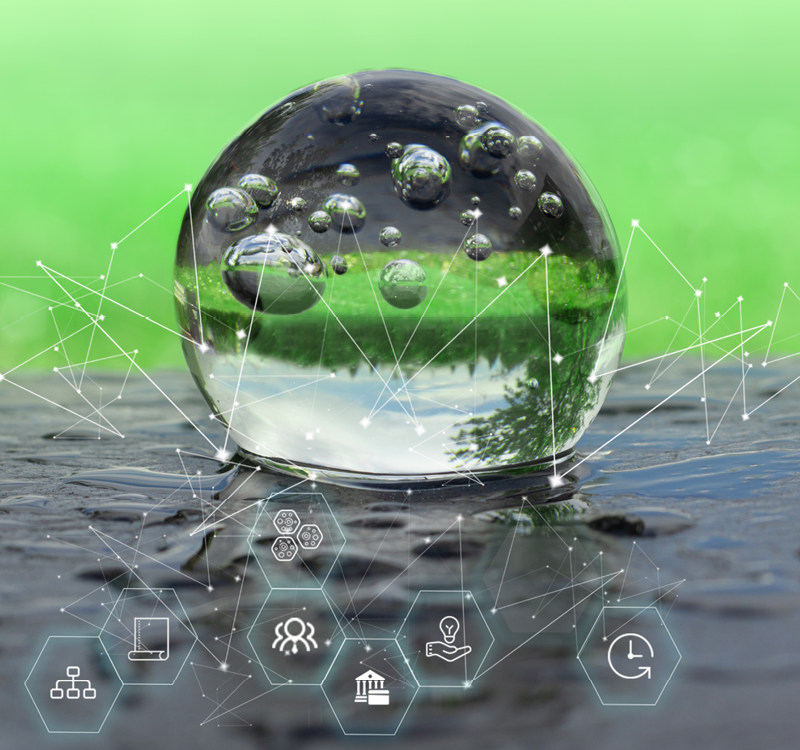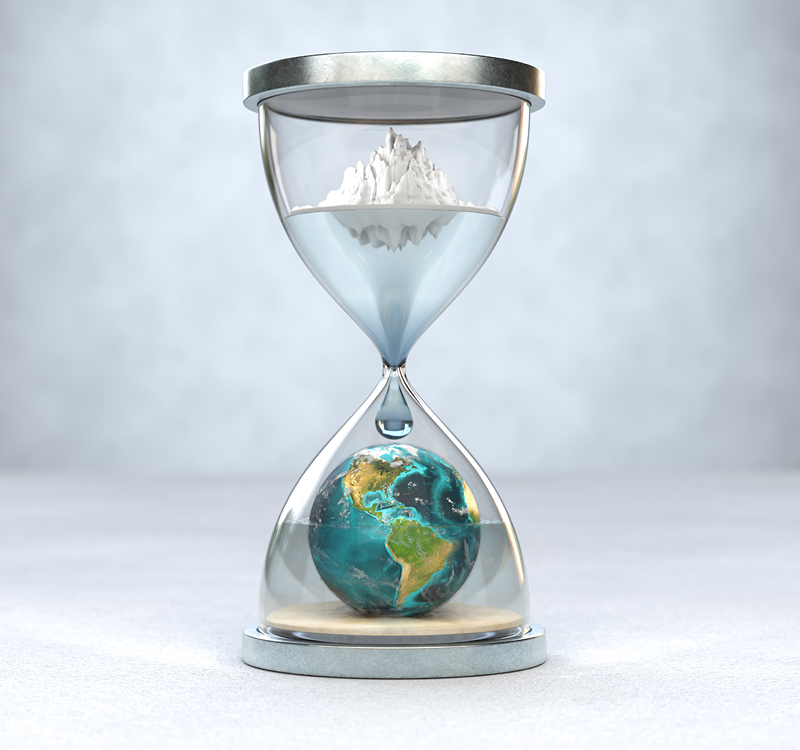
Blue Economy: The oceans as a huge economic system
Our oceans are not only the largest ecosystem in the world , but also a huge economic system - a blue economy. The need for more sustainability in this area becomes more visible every day. Not only because oceans and seas must be in good ecological and chemical conditions in order to develop their economic - and social - potential.
What is the Blue Economy?
One summary by the United Nations gives theses definitions of the Blue Economy.
Another is provided by the World Bank: a modern blue economy encompasses the "sustainable use of marine resources for economic growth, improved livelihoods and employment while maintaining a healthy marine ecosystem".
The oceans as providers for ecological services
Our oceans make up 97% of the world's water resources. This magnitude makes our earth appear as a blue planet from space. Oceans and seas provide half of the oxygen we need for life on this planet. Our seas contain 80% of all life forms, provide food for almost half of the world's population and are important resources for human mental and physical health. Oceans are involved in a complex web of economic interactions - the Blue Economy, sometimes also called Ocean Economy.
The economic power of today's global Blue Economy is immense. It includes all industries and sectors that have to do with oceans, seas and coasts in the broadest sense, regardless of whether the activities take place on or in the sea or on land. These include: shipping, fishing, (renewable) energy production, ports, shipyards, aquaculture, algae production, tourism as well as research, development and education.
Endangered balance of the ocean ecosystem
The economic fields of activity have a cumulative effect on the marine environment, the largest ecosystem on our planet. The consequences of its use and exploitation have become increasingly extensive for decades, compounded by climate change and greenhouse gas emissions. Garbage slicks, plastic and oil spills are visible from afar. Added to these are the invisible burdens of microplastics, chemicals, nutrients and underwater noise. The loss of biodiversity and natural habitats as well as health risks for the food chain are consequences
Climate and oceans are also closely linked. Oceans are the main carbon sink on earth, meaning they absorb and store man-made CO2. This process, which is positive on the one hand, has a major disadvantage, however. The absorbed CO2 dissolves in the water and triggers acidification. This leads to damage to sensitive ecosystems such as coral reefs, which support almost a quarter of marine life.
The road to a sustainable blue economy
The potential of the Blue Economy to ensure and improve human well-being and social justice are enormous. The risks are no less far-reaching if the ecological services of the oceans, seas and coasts continue to be used or exploited with primarily economic interests.
With concepts, approaches and measures, mankind has taken on the protection of the oceans. Companies, institutions and organizations that contribute to the restoration, protection or maintenance of productive and resilient marine ecosystems and promote the availability of clean water and sanitation facilities have become important stakeholders in the Blue Economy.
By 2030, the area of marine protection areas is to be expanded from the current 11% to 30%. The United Nations have enshrined the protection of the oceans and seas in Goal 14 - Life Below Water - of the Sustainable Development Goals. The UN Decade of Ocean Research for Sustainable Development started in 2021, because there is a lot we don't yet know about this huge ecosystem and the consequences of human interference.
At the European level, too, ocean and water protection and the necessary sustainability of the Blue Economy are coming into focus, not least with the Green Deal.

